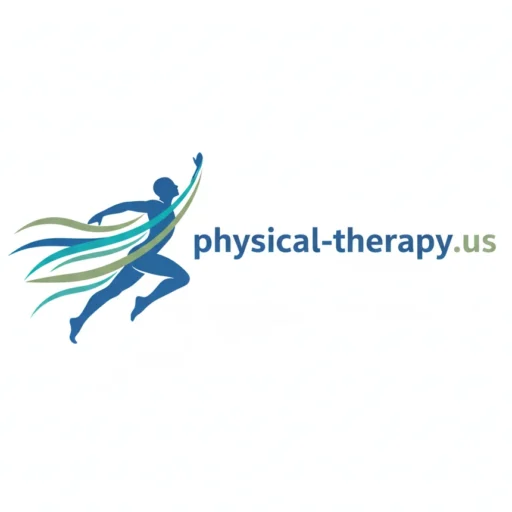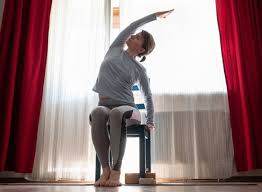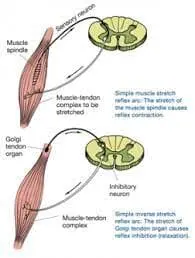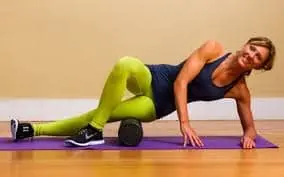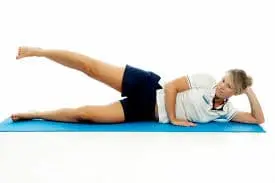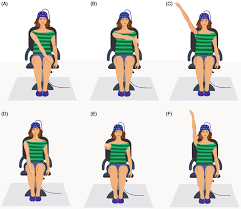12 Top Mobility Exercises to Do Every Day
Introduction:
Many of us stand for extended periods of time in today’s busy lives, which can cause our muscles to get tight and our joints to become stiff. This eventually diminishes mobility efficiency, inhibits flexibility, and raises the possibility of pain or damage. Daily mobility exercises are an easy yet effective technique to maintain pain-free, unrestricted movement in your body.
These exercises help increase posture, increase joint range of motion, and improve overall performance during workouts or daily activities.
These top 12 mobility exercises can significantly improve the way your body feels and performs, regardless of whether you’re an athlete or just trying to keep active and flexible.
Benefits of Mobility Exercises to Do Every Day:
- Improves Flexibility: Frequent mobility exercises aid in the lengthening and relaxation of tense muscles, which facilitates easier and more fluid daily movements.
- Improves Joint Health: Mobility training keeps joints lubricated and less stiff by putting them through their whole range of motion.
- Improves Posture: Regular mobility exercises improve posture and spinal alignment by addressing imbalances caused by extended sitting.
- Reduces Pain and Stiffness: By reducing stress and enhancing circulation, it eases typical aches, especially those in the shoulders, hips, neck, and back.
- Increases Stability and Strength: Mobility improves muscular activation and coordination, which results in improved balance and strength throughout daily tasks or exercise.
- Prevents Injuries: Safe and effective movement is made possible by proper joint movement, which lessens strain and compensations.
- Improves Athletic Performance: In sports and fitness activities, increased mobility enables stronger, more regulated, and more potent movements.
- Promotes Healthy Aging: As you get older, maintaining your mobility helps you Continue to be independent, flexible and confident.
Top Mobility Exercises to Do Every Day Video:
Top Mobility Exercises to Do Every Day:
Cat-Cow Stretch:
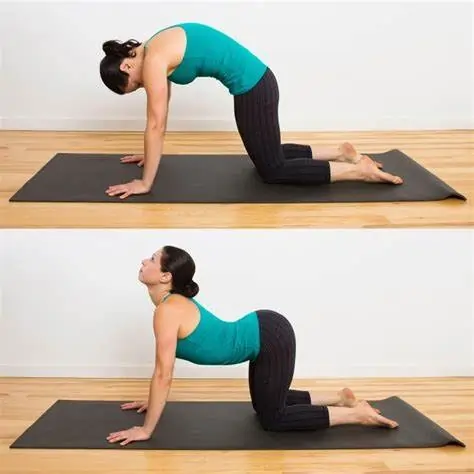
The Cat-Cow stretch is a mild yoga pose that helps increase your spine’s range of motion and flexibility. It consists of switching between two postures: lowering your back downward like a cow and arching it high like a cat. This rhythmic movement facilitates improved posture, relieves shoulder and neck stress, and relaxes tense back muscles. For anyone experiencing stiffness or lower back pain, it’s a great warm-up or cool-down exercise because it also increases spinal awareness and blood circulation to the spine.
World’s Greatest Stretch:
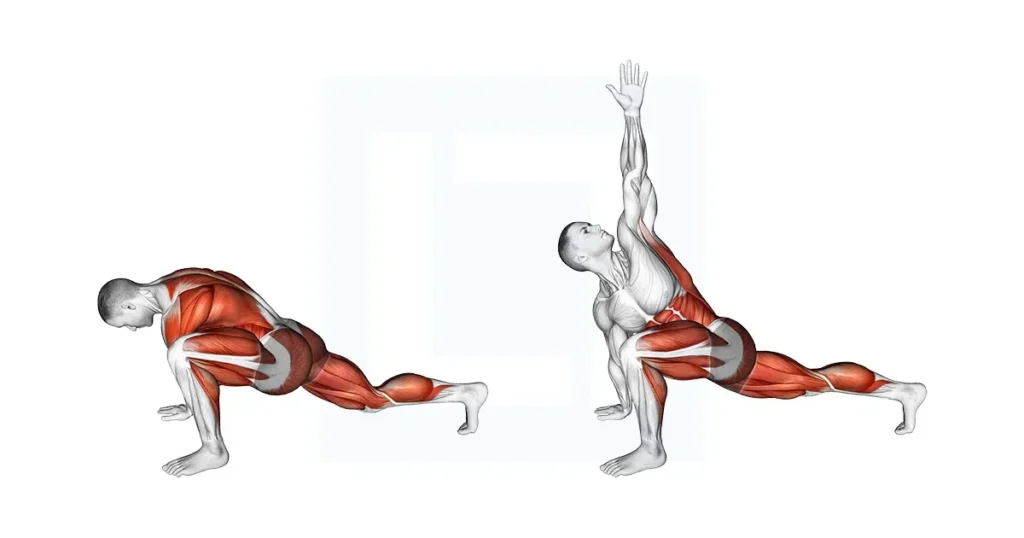
By strengthening several muscle groups and increasing general mobility, the World’s Greatest Stretch truly lives up to its moniker. This dynamic exercise simultaneously stretches the quadriceps, shoulders, thoracic spine, hips, hamstrings, and hip flexors.
To open up the chest and spine, it usually includs putting both hands on the floor, taking a deep lunge with one leg front, and then twisting your upper body toward the front leg. One of the greatest full-body mobility exercises to incorporate into any warm-up or everyday routine, this stretch improves flexibility while also improving balance, coordination, and core stability.
Shoulder Rotations:
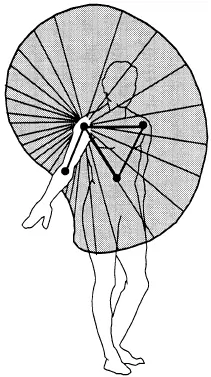
Shoulder rotations are a straightforward yet incredibly powerful mobility exercise that keeps your shoulder joints pain-free and flexible. You can promote joint lubrication and boost blood flow to the muscles by circularly moving your shoulders forward and backward.
Long periods of sitting or bad posture can cause tension in the neck, shoulders, and upper back, which this exercise helps to relieve. Doing shoulder rotations regularly promotes improved posture and upper-body movement during daily tasks or exercise, prevents stiffness, and increases shoulder stability.
Deep Squats:
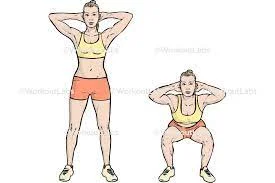
One of the best mobility exercises for enhancing lower-body strength, flexibility, and joint health is the deep squat. Your hips, knees, ankles, and lower back are all stretched and engaged as you descend your hips below your knees, which encourages a full range of motion in these joints.
This exercise enhances posture and balance while assisting in the release of hip flexor tension. Frequent deep squat practice improves functional strength, which facilitates superior athletic performance and general mobility while also making daily tasks like bending, lifting, and sitting much simpler.
Standing Forward Fold:
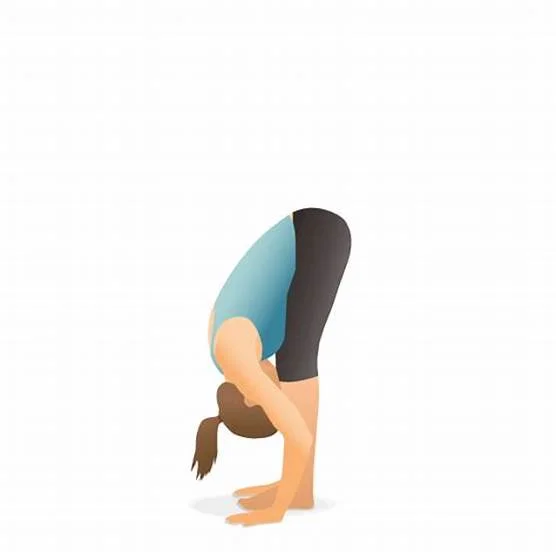
The Standing Forward Fold lengthens the entire backside of your body, with particular attention to the hamstrings, calves, and lower back. It is a soothing and healing stretch. The posterior chain is made more flexible, and the spine is relieved when you hinge forward from the hips and let your upper body dangle lightly toward the floor.
Additionally, this stance increases blood flow to the head, which lessens mental exhaustion and tension. Regularly performing the Standing Forward Fold improves posture and body awareness, eases back tension, and increases general flexibility.
Hip Flexor Stretch:
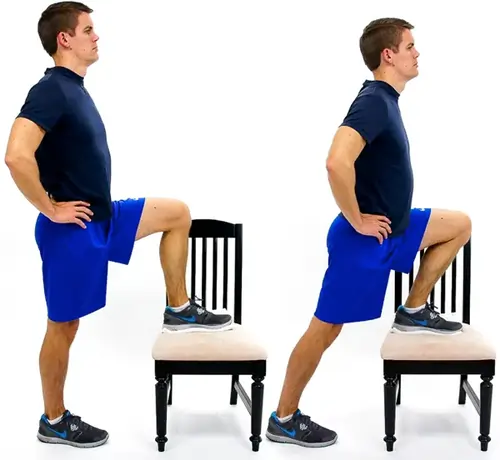
To relieve tension in the front of your hips caused by prolonged sitting or bad posture, you must perform the Hip Flexor Stretch. To feel a deep stretch in the rear leg’s hip flexor, step one leg forward into a lunge position and softly press your hips forward.
By opening and lengthening the hips, this exercise enhances posture and lower body mobility. Frequent hip flexor stretches can improve stride length, ease lower back pain, and promote improved walking, running, and squatting movement patterns.
Wrist Flexor Stretch:
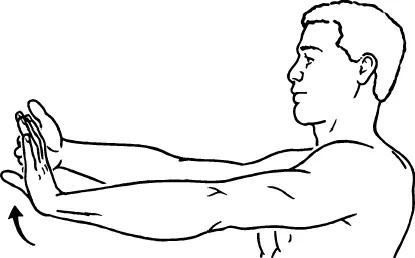
The Wrist Flexor Stretch helps release tightness and tension in the inner forearm muscles, which can be stressed from lifting, texting, or typing. The technique involves extending one arm straight in front of you, palm facing up, and using your other hand to gently pull back on the fingers until the underside of your forearm feels comfortable.
Switch sides after a few seconds of holding the position. This easy yet efficient stretch increases wrist suppleness, decreases stiffness, and helps avoid repetitive strain injuries like tendinitis or wrist pain.
Wrist Extensor Stretch:
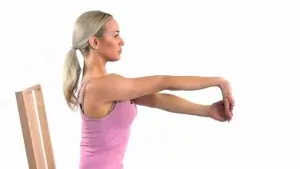
The muscles at the top of your forearm, which might grow tight from typing, lifting, or playing sports, are the focus of the wrist extensor stretch. With the palm facing down, extend one arm straight in front of you to perform this stretch.
Then, using the other hand, gently pull the fingers down and toward your body. The top of your wrist and forearm should feel stretched. This stretch helps avoid pain or injury from repetitive motions, increases wrist and forearm flexibility, and lessens stiffness when done regularly.
Neck Rotations:

Neck rotations are a mild mobility exercise that helps the cervical spine become more flexible and relieve tension. To execute them, slowly swivel your head to one side, hold it there for a moment, and then carefully rotate it to the other side.
This motion improves range of motion, lessens stiffness, and increases blood flow to the neck muscles. Frequent neck rotation exercises can help reduce neck pain, enhance posture, and avoid tension caused by extended sitting or screen time.
Scapular Wall Slides:
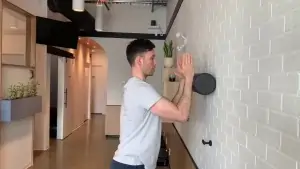
Scapular wall slides are a great way to strengthen your upper back, posture, and shoulder mobility. They are performed by placing your arms in a “goalpost” posture and standing with your back against a wall, keeping your lower back lightly pressed into it.
Keeping your wrists, elbows, and shoulders in contact, slowly move your arms up and down the wall. This exercise helps to ease shoulder strain and enhance upper-body stability and mobility by strengthening the upper back, opening up the chest, and activating the scapular muscles.
Hip Circles:
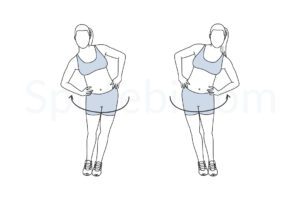
A dynamic mobility exercise called hip circles is intended to increase hip joint range of motion and flexibility. They are performed by placing your hands on your hips, standing with your feet hip-width apart, and rotating your hips in a clockwise and counterclockwise direction.
This exercise improves joint lubrication, eases tense hip muscles, and fosters improved balance and coordination. Hip circles can help promote more fluid, effective motions in daily tasks and exercise, lessen stiffness, and enhance posture.
Standing Side Bends:
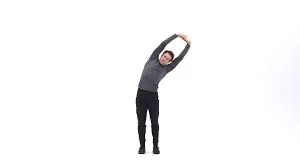
Standing side bends are a quick and easy way to increase the torso’s and spine’s lateral flexibility and mobility. They are performed by standing tall with your feet shoulder-width apart, lifting one arm overhead, and bending your upper body gently to the other side while maintaining an engaged core. Hold for a moment, then swap sides.
This stretch helps to relieve tension, improve posture, and increase total spinal mobility by focusing on the obliques, intercostal muscles, and lower back. Frequent side bends when standing promote improved mobility in day-to-day activities and lower the chance of injury or stiffness.
Conclusion:
One effective strategy to maintain your body’s strength, flexibility, and pain-free condition is to include mobility exercises in your daily routine. Targeting all key joints and muscle areas, the 12 exercises covered—from deep squats and Cat-Cow stretches to wrist stretches and hip circles—improve posture, lessen stiffness, and increase general movement efficiency.
You may improve your sports performance, avoid injuries, and live a better life by doing these exercises for a few minutes every day. Over time, these easy mobility techniques can make daily movements feel more effortless, pleasant, and organic. Consistency is essential.
FAQs:
How can one become more flexible the quickest?
A regular, consistent stretching regimen is essential to seeing increases in flexibility. Try to get in at least two stretches per week. Even so, it’s best to stretch after each session. Stretching the main muscular groups, particularly those engaged during activity, should be your main priority.
Which full-body exercise is the best?
There is no “number one” full-body workout because the optimal one for you will depend on your fitness objectives. However, since they train several muscle groups at once, complex exercises like the squat, deadlift, and pull-up are very effective for increasing muscle mass, strength, and endurance. Walking and swimming are both great full-body, low-impact cardio exercises.
Which exercise is the most effective?
An intense workout that incorporates a jump, push-up, and squat into a single, powerful motion. Squats: These exercises work the quadriceps, hamstrings, glutes, and core, whether they are done with bodyweight or with additional resistance.
Which is preferable, walking or stretching?
The researchers discovered that five days a week of stretching for 30 minutes improved blood pressure more than five days a week of walking for 30 minutes. Additionally, they emphasize the continued need for aerobic exercise due to its numerous health advantages.
Who reigns supreme among all exercises?
The squat is frequently referred to as the “king of exercise” because of its capacity to improve overall stability, strengthen the lower body and core, and replicate natural movements. Although the squat is frequently regarded as the king of exercises, other experts contend that the deadlift is the real king since it strengthens the core and enhances posture.
Which exercise is the best in the world?
There isn’t a single “best” workout; the most successful regimen combines aerobic, strength-training, and balancing exercises, such as Tai Chi, weightlifting, and walking, and is customized for each person’s preferences and consistency for long-term gains. Any exercise is beneficial when done consistently, but choosing a pleasurable activity enhances the likelihood that you will persist with it.
What would happen if you spent 30 days stretching every day?
In addition to improving posture and limbering up your muscles, stretching also improves blood flow to the brain, which is why I felt more alert and energized for the day. Additionally, incorporating stretching into your daily routine will help you sleep better at night and reduce stress.
Which type of exercise is ideal for daily use?
Your objectives will determine the ideal daily workout, but a combination of stretching, weight training, and walking is very good for your general health. While strength training two to three times a week helps build muscle and maintain strong bones, walking is a terrific beginning point that can be done practically anywhere. Stretching every day increases mobility and flexibility, and incorporating balance-related exercises can help reduce the risk of falls.
What is the most effective mobility exercise?
Ankle circles, the 90/90 hip switch, the cat-cow spinal movement, and shoulder pass-throughs are all useful mobility exercises that enhance joint function and flexibility. While hip openers like lunges improve general hip mobility, which is essential for everyday tasks like bending and reaching, downward-facing dogs stretch the hamstrings and calves.
References:
- Breitowich, A., & Luppino, O. (2025c, March 13). The best mobility exercises to improve your range of motion and help nix aches and pains. Women’s Health. https://www.womenshealthmag.com/fitness/a40059106/mobility-exercises/
- Sparacino, A., & CSCS, C. R. (2024, June 21). 15 best mobility exercises to boost all kinds of workouts. Men’s Health. https://www.menshealth.com/fitness/a44899439/best-mobility-exercises/
- Usaw-L, J. D. N., & Usaw-L, J. D. N. (2025b, April 28). The 12 best mobility Exercises, PT-approved. BarBend. https://barbend.com/best-mobility-exercises/
- Gladys, C. (2023, February 28). Top 12 mobility exercises to do at your desk. Sunny Health & Fitness. https://sunnyhealthfitness.com/blogs/health-wellness/mobility-desk-exercises?srsltid=AfmBOoqlRhhdP-m-Pcrm6oyvaEzu6V0l2c2Ff0j8DM2k3aQRMQ8klvLl
- Cronkleton, E. (2025h, July 3). 14 Exercises for strengthening and increasing mobility in the hips. Healthline. https://www.healthline.com/health/hip-exercises
- CPT, J. M., & CPT, C. S. (2025, May 1). 14 mobility exercises anyone over 35 should add to their day. SELF. https://www.self.com/gallery/best-mobility-exercises
